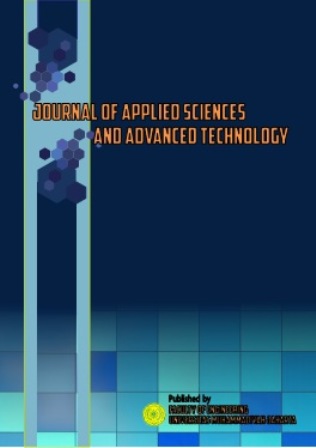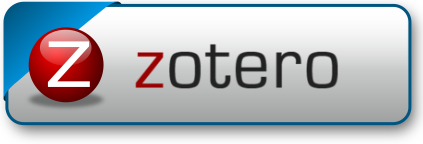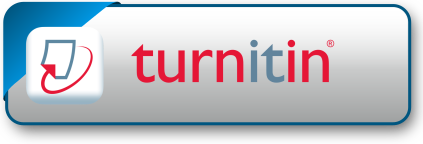Sounding Automation Prototype in Storage Tank Model Based On Arduino Uno
DOI:
https://doi.org/10.24853/jasat.2.1.13-16Kata Kunci:
Sounding Automation, Storage Tank, Temperature Sensor, Arduino UNOAbstrak
Sounding is the process of measuring and calculating a product to find out the amount. In the process of CPO sounding, measurements are made of the temperature of the oil in the storage tank. Storage tank is a tank used to store crude palm oil (CPO) produced before shipping. Sounding crude palm oil is an oil measurement process that includes the measurement of CPO levels and temperatures as an item to get the mass of CPO (kg CPO). The process of measuring the volume of oil is done using a sounding meter dipped in CPO in a storage tank to the measuring table. Temperature measurements are carried out using a thermometer that is inserted into a storage tank. In conditions on the ground that the measurement of the storage tank or storage tank is done manually to calculate the tank volume and there are many weaknesses. In this study, we will describe the sounding technique or measure the volume of oil in a storage tank by means of automation, where the automation system is designed with the aim of being able to carry out the measurement process on the storage tank in an automatic way. The results of this study can be concluded that measurements on storage tanks can be done automatically with the help of the HC-SR04 proximity sensor, thermocouple sensor, flow meter sensor and Arduino UNO which are passed on to laptops and gadgets, where based on the results of the experiments carried out the percentage of accuracy is obtained each sensor starts from the proximity sensor with 99.98%, temperature sensor 99.47% and flow meter sensor 99.88%.Unduhan
Referensi
Arief, M.A. 2011. Pengujian Sensor Ultrasonik PING Untuk Pengukuran Level Ketinggian dan Volume Air. Jurnal Ilmiah Elektrikal Enjiniring UNHAS.
Dirgantara, 2015. Aplikasi Sensor SRF04 Pada Rancang Bangun Alat Destilasi Air laut Berbasis Mini PLC SCHNEIDER ZELIO SR2. Politeknik Negeri Sriwijaya.
Fathor, R. 2009. Prototype Alat Pengukur Kecepatan Aliran dan Debit Air (flow meter) dengan Tampilan Digital. Depok: Jurusan Teknik Elektro, Fakultas Teknologi Industri, Universitas Gunadarma.
Fatim, N. 2015. Perancangan Sistem Informasi Inventory Sparepart Mesin Fotocopy dengan Menggunakan Visual Delphi 7. STT Dharma Iswara Madiun.
Helmi, G. 2013. Rancang Bangun Magnetic Door Lock Menguunakan Keypad dan Selenoid Berbasis Mikrokontroler Arduino UNO. Bandung: FPTK Universitas Pendidikan Indonesia.
Irwansyah, M. 2013. Pompa Air Aquarium Menggunakan Solar Panel. Batam : Politeknik Negeri Batam.
Kautsar, M. 2015. Sistem Monitoring Digital Penggunaaan dan Kualitas Kekeruhan Air PDAM Berbasis Mikrokontroler ATMega328 Menggunakan Sensor Aliran Air dan Sensor Fotodiode. Semarang : Universitas Diponegoro.
Naibaho, 1998. Teknologi Pengolahan Sawit. Medan : Universitas Medan.
Pahang, Iyung. 2006. Panduan Lengkap Kelapa Sawit Cetakan. Jakarta: Penebar Swadaya Jakarta.
Ristiawan, M. 2016. Otomatisasi Pengatur Suhu dan Waktu Pada Penyangrai Kopi (Roaster Coffee) Berbasis ATMega 16 Pada Tampilan LCD (Liquid Crystal Display). Sekolah Vokasi Universitas Diponegoro.
Siregar, A.L. 2013. Modul Teknologi Pengolahan 2. Bekasi : Politeknik Kelapa Sawit Citra Widya Edukasi.
##submission.downloads##
Diterbitkan
Terbitan
Bagian
Lisensi
COPYRIGHT POLICY
The author(s) of an article published in the Journal of Applied Sciences and Advanced Technology (JASAT) retains ownership of the intellectual property rights in work (s).
PUBLISHING RIGHTS
The author(s) of an article published in the Journal of Applied Sciences and Advanced Technology (JASAT) have unrestricted publication rights. The authors give the Journal of Applied Sciences and Advanced Technology (JASAT) the right to publish the article and designate the Faculty of Engineering Universitas Muhammadiyah Jakarta Publishing as the original publisher of the article.
LICENSING POLICY
JASAT is an open-access journal that follows the Creative Commons Non-Commercial 4.0 International License (CC BY-NC 4.0), which states that:

Under this license, the reusers must give appropriate credit, provide a link to the license, and indicate if changes were made. Users may do so in any reasonable manner, but not in any way that suggests the licensor endorses users or their use.
Please take the time to read the whole license agreement (https://creativecommons.org/licenses/by-nc/4.0/). As long as reusers follow the license conditions, the owner cannot withdraw these freedoms. The following components are included under this license:
 Attribution: Users must provide appropriate attribution, including a link to the license, and indicate whether or not they made any modifications. Users are free to do so reasonably, but not in a manner that indicates the licensee approves of their usage.
Attribution: Users must provide appropriate attribution, including a link to the license, and indicate whether or not they made any modifications. Users are free to do so reasonably, but not in a manner that indicates the licensee approves of their usage.
 NonCommercial: Users may not use the material for commercial purposes.
NonCommercial: Users may not use the material for commercial purposes.












_2.png)


1.png)

2.png)
